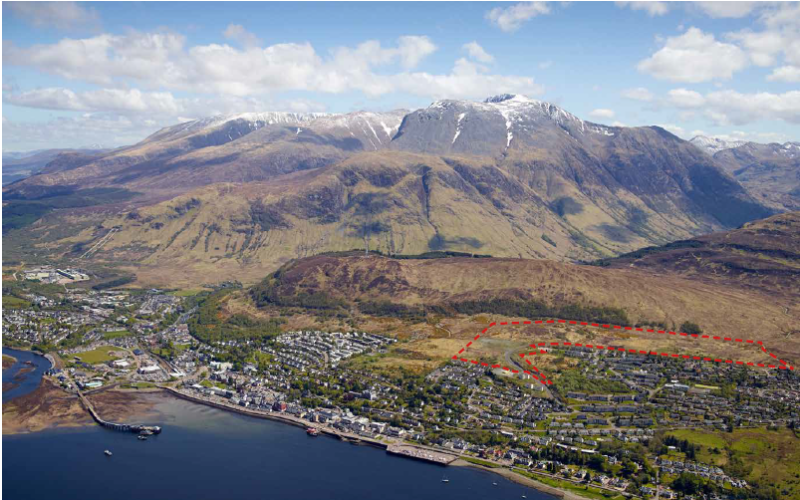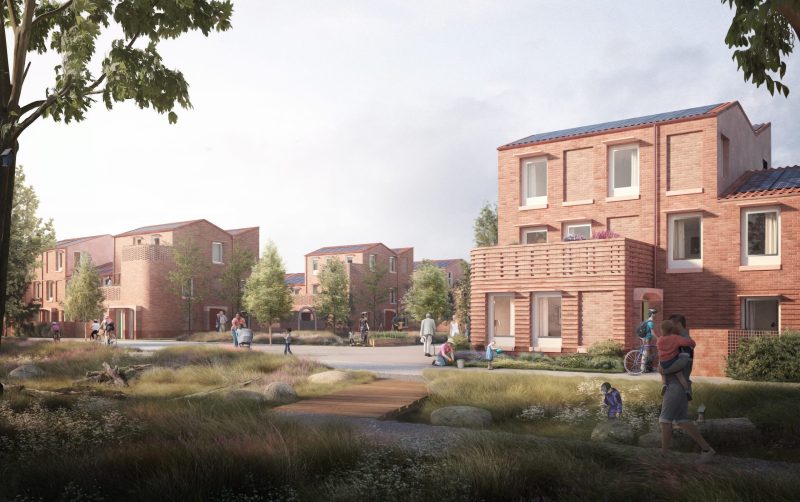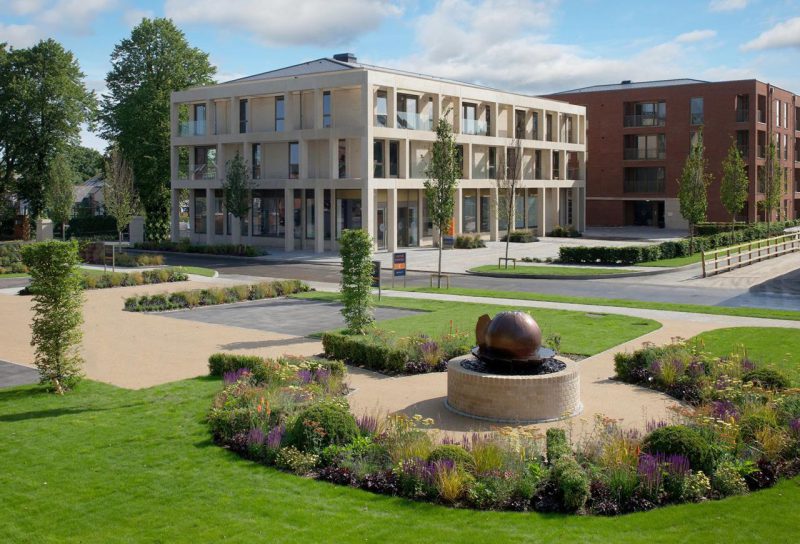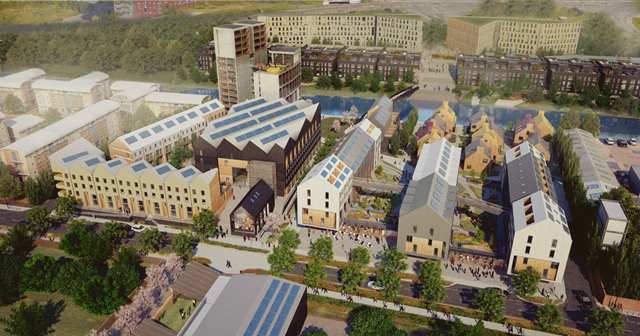The North Dorchester new community is a joint venture by both Grainger and Persimmon to provide 3,300 new homes, community buildings and infrastructure across a 341 hectare greenfield site adjacent to the River Frome immediately north of Dorchester town, Dorset.
The rural significance, ecological factors and existing infrastructure constraints needed a thoughtful, sympathetic approach towards providing much-needed homes to the area. Key opportunities and constraints were identified around the flood zone boundaries, historic rights-of-way, historic barrow cemeteries, badger setts and other natural features of this striking rural landscape.
We adopted a pragmatic approach new road layouts, providing vehicle access to residents while discouraging rat-run shortcuts from the nearby A35 into Dorchester town. Roads were laid out and arranged to encourage active travel and public transport use, while appreciating the motor car will still be the primary mode of transport for most residents in the medium term. Existing roads known to be accident blackspots were realigned and widened in the design to provide safe cycle routes. The layouts of key junctions and character areas across the site were explored and drawn out.
The natural undulating topography provides natural channels for surface water to run to the nearby river Frome. The paths were established and understood at an early stage, maintained, and left clear of development so surface water could continue to flow via the same routes.
Construction close to the river and around known animal habitats was avoided to maintain the natural ecology in the area.
Much of the site was over one of Wessex Water’s ground water extraction zones. Sustainable Drainage Systems (SuDS) features were integrated into highways layouts to helped to filter surface water run-off of pollutants as it discharges into the ground.
Easements of existing infrastructure such as high pressure mains, plus future connection for this new community where understood and informed the proposed phased construction across the site. Connection strategies to key utilities at each phase were formulated while preparing for construction of the next.
Overall, a developed understanding of the natural order of the area presented a series of opportunities for sensitive development. Regions were identified where development should be avoided to protect ecologically sensitive environments. Through this approach much-needed housing can be provided alongside the respect needed when expanding human habitation into a sensitive site such as this.





